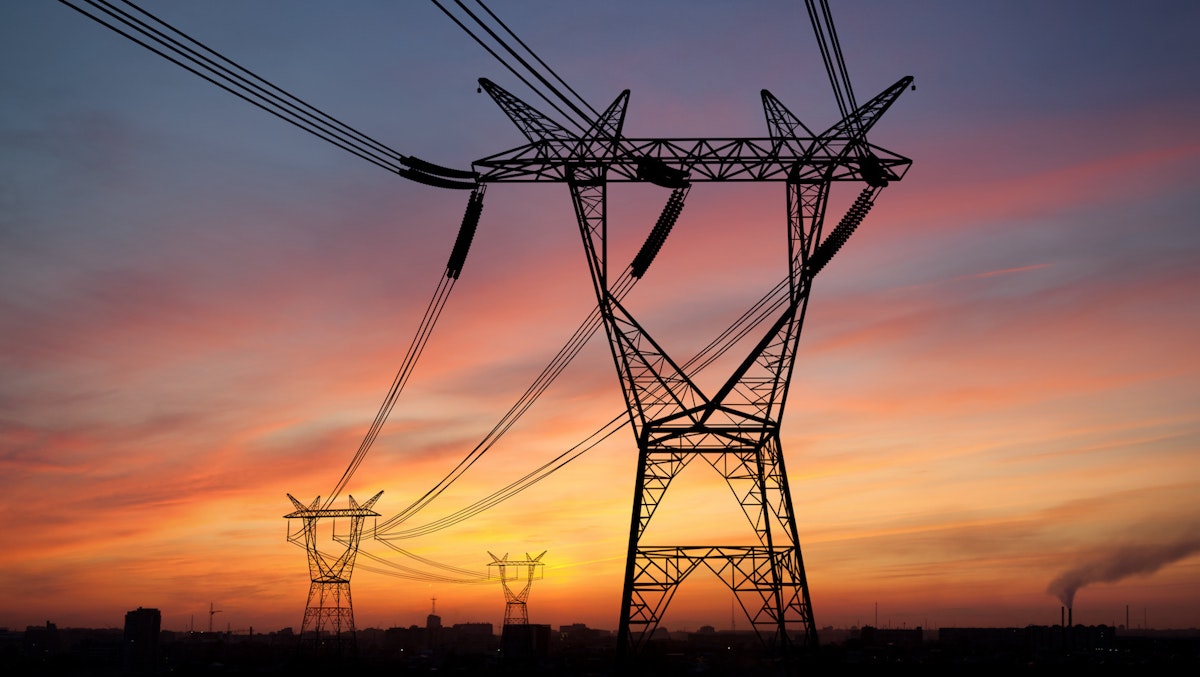Electricity Deregulation has a Decarbonization Blind Spot
Being low carbon doesn’t get you more revenue in the electric market

-
-
Share
-
Share via Twitter -
Share via Facebook -
Share via Email
-
The transition to a “deregulated” system, now used in areas covering more than half the electrical load in the United States, was an effort to bring to electricity the benefits of market competition that were so obvious in airlines and trucking. But it may not have advanced other goals, like decarbonization.
The “Deregulated” energy system, better described as a market system, does assure that at any given moment, the ensemble of plants in use is the least expensive possible combination. But it has drawbacks.
Notably, the market method does not give credit for other virtues of a good electric grid, like reliability or low environmental impact, or insulation from big swings in fuel prices. These markets also do not take national security into account.
The auction system, moreover, can produce bizarre results. In times of shortage, it can yield astronomical prices, ten or 100 times higher than normal. But at times of low demand and high supply—in mild weather with a lot of sun or wind available—the opposite is true; prices can fall to zero.
In fact, they can fall below zero. In most industrial markets, if the price gets low enough, the producer stops producing. But solar and wind have no incentive to stop producing; their costs are the same whether they run or not. In fact, wind generates a production tax credit of between 1 and 2 cents per kilowatt hour.
At a price of zero or even slightly below, the wind turbine owners are making a profit. Solar, likewise, generates renewable energy credits, which they can sell to utilities along with the electricity. Utilities that are obligated by state law to use a certain percentage of solar energy satisfy that by generating the solar themselves, or, more likely, buying the credits.
Natural gas plants often shut down when prices get too low, but for technical reasons, most coal plants can’t go to zero easily. Today’s nuclear plants were not designed to modulate their output, and if they shut down, they take many hours to restart. So they end up putting energy on the grid, and paying for the privilege.
When prices are below zero, it means that investors, or ratepayers, or taxpayers (because of subsidies for wind and solar) paid money to build equipment that is producing a product that is literally worthless.
When wind or solar production drives prices very low or to zero or below, it sounds like a public benefit. What could be wrong with free energy, right? But it damages larger, essential sources of carbon-free energy, notably nuclear. If nuclear were replaced by a combination of zero-carbon renewables plus natural gas, then carbon emissions rise.
And negative pricing or near-zero pricing creates a market that becomes difficult for other sources that are essential for keeping the lights on when it’s cloudy, or dark, or when the wind isn’t blowing,
The other result of a clearing-price auction is that for many hours of the year, electricity prices, and thus every generator’s revenue, are yoked to natural gas prices. In most of the United States, natural gas is the fuel “at the margin,” meaning that if one more kilowatt-hour of energy is needed, another gas plant will be turned on, or cranked up. If one fewer kWh is needed, a natural gas plant will be dialed back down. And it’s the last plant in line that sets the price.
The downside of this arrangement is that the price of fossil gas is incredibly unstable. The price is typically quoted in dollars per million BTU. In September of 2022 the wholesale price was $7.88, up from $1.92 two years earlier, and down from $11.75 in 2005. A company contemplating the purchase of a long-term, capital-intensive asset, like a reactor, has to make a bet on the multi-year average price of gas and, thus, of electricity, but this is a high-risk undertaking.
Being under the jurisdiction of an ISO has another complication. If, over the long term, prices are stubbornly high, somebody may step in and build a new generator. But a company that does that is placing a bet that at the time the plant is ready for commercial operation, the ratio of demand to supply will be such that the plant will be needed, and thus that it will earn enough revenue to pay back investors, with a profit.
Predicting that future balance of supply and demand, and thus the future price of energy, is difficult, and becomes more and more difficult the further the target date is from today. So while the market system, in theory, lets the builder choose the technology, in practice it steers heavily towards plants that can be built quickly, so the builder only has to predict for a few years. It also favors plants with low capital costs, even if their fuel costs are high. That way, if the plant’s output is only needed a few hundred hours a year, the mortgage payment on the construction cost isn’t too high, and costs, when it isn’t needed and isn’t running, are similarly low.
It is gas that has that combination. From 2014 to 2021, electric companies added more than 80,000 megawatts of natural gas generating capacity, about 37 percent of all capacity added, according to the American Public Power Association.
The other large gainers were wind and solar, but they generally operate fewer hours of the year than gas plants do, so their energy growth was smaller than the growth in gas. These numbers are connected; growth in solar and wind means growth in use.
Gas plants don’t make money when they’re not running, but they don’t lose much money, either, because their mortgage payments are smaller. In contrast, nuclear has a high capital cost and a low fuel cost; its costs are roughly the same whether it’s running or not.
People who would like to see more large generators with no emissions should keep in mind that all the reactors now in service were built under traditional regulation, a system that now applies to only a small portion of the United States, generally the southeast and parts of the intermountain west.
The electric system is always a combination of legacy machines built decades ago and whatever is being added now. At a time when we need to add a lot of new generation, we should be concerned by a structure under which half our carbon-free electricity comes from legacy machines that are hard to replace under the current regulatory system.
Read the next part of this series here.
Read the first part of this series on electricity deregulation here.



